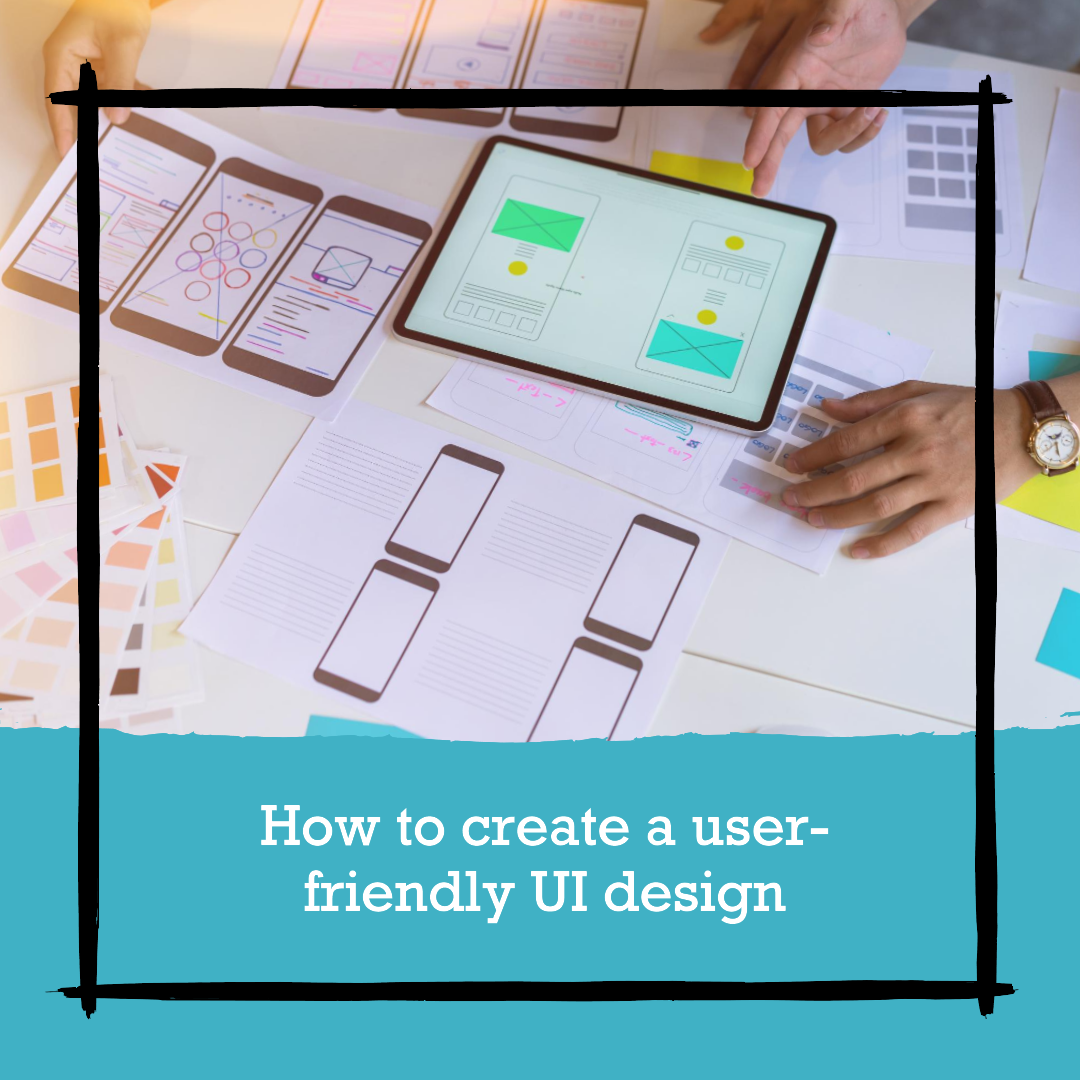User-friendly UI design is the process of creating a digital product that is easy to use and understand. It is important for businesses of all sizes to invest in user-friendly UI design because it can lead to a number of benefits, including:
- Increased usability: Users can find what they need quickly and easily, and they can complete tasks efficiently.
- Improved user satisfaction: Users feel good about using the product and are more likely to recommend it to others.
- Stronger brand perception: The product looks professional and trustworthy, which can lead to increased customer loyalty.
- Increased user engagement: Users are more likely to spend time using the product and to come back for more.
- Improved conversion rates: Users are more likely to take the desired action, such as making a purchase or signing up for a newsletter.
Table of Contents
Creating a user-friendly UI design
There are a number of things that businesses can do to create a user-friendly UI design. These include:
- Understand your users: The first step is to understand your users. Who are they? What are their needs and expectations? What are their pain points? Once you understand your users, you can start to design a UI that is tailored to their needs.
- Use clear and concise language: The language used in your UI should be clear and concise. Users should be able to easily understand what the different elements of the UI are and what they do. Avoid using jargon or technical terms that users may not understand.
- Use consistent design elements: The UI should be consistent throughout the product. This means using the same fonts, colors, and design elements throughout. This will help users to learn the UI and become more efficient at using it.
- Use affordances: Affordances are visual cues that indicate what users can do with an object. For example, a button with a plus sign on it affords clicking to add something. Use affordances throughout your UI to help users understand what they can do with each element.
- Use feedback: Users should receive feedback when they interact with the UI. This feedback can be visual, auditory, or tactile. For example, when a user clicks on a button, it should visually change to indicate that it has been clicked. This feedback helps users to understand what has happened and to feel more confident in using the UI.
- Make it easy to recover from mistakes: Everyone makes mistakes, so it is important to make it easy for users to recover from mistakes. For example, if a user accidentally deletes something, they should be able to undo the action.
Additional tips for creating a user-friendly UI design
- Use a grid system: A grid system can help you to create a visually appealing and structured UI.
- Use white space: White space is important for readability and usability. Don’t be afraid to use white space to break up your UI and make it easier for users to scan.
- Use typography effectively: Typography can be used to create hierarchy and emphasis in your UI. Use different fonts and sizes to make it clear what is most important.
- Use color wisely: Color can be used to create a sense of visual interest and to make your UI more visually appealing. However, don’t overuse color, as this can be distracting.
- Test your UI with users: Once you have designed your UI, it is important to test it with users to get feedback. This will help you to identify any areas that need improvement.
Conclusion
Creating a user-friendly UI design is an important investment for any business. By following the tips above, you can create a UI that is both easy to use and visually appealing. This will lead to a number of benefits, including increased usability, improved user satisfaction, stronger brand perception, increased user engagement, and improved conversion rates.








